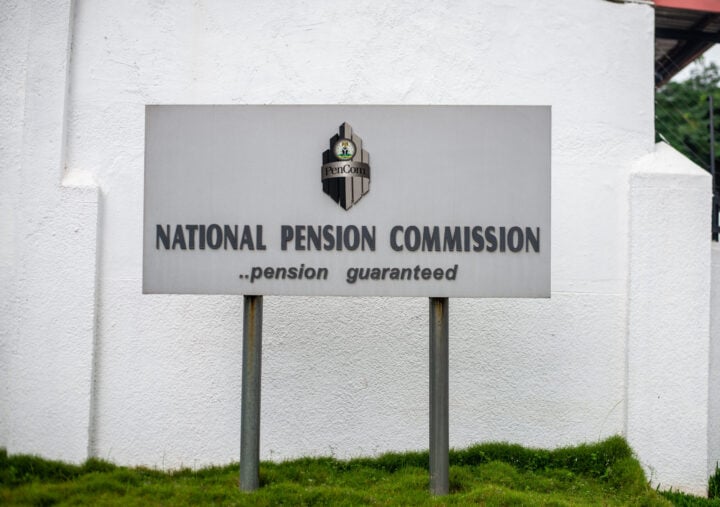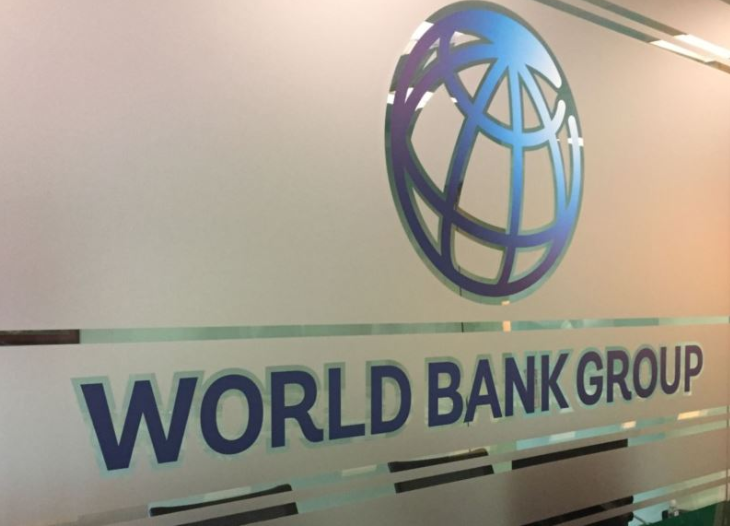A key feature of the contributory pension scheme (CPS) is the periodic growth in the pension contributions of retirement savings account (RSAs) holders for active employees and retirees. This means that workers who participate in the CPS are assured of their pension contributions at retirement as well as returns accrued over time from the investment of the contributions.
The CPS, which was established in June 2004, is an arrangement where both the employer and employee contribute a portion of an employee’s monthly emolument towards the payment of pension at retirement.
The PRA 2014 provides that the minimum rate of contribution is 18 percent of the employee’s monthly emoluments, comprising 10 percent by the employer and 8 percent by the employee. An employer may increase its portion or elect to bear the entire 18 percent. Furthermore, an employee may also decide to increase the amount by voluntarily providing additional contributions through the employer.
However, the contributions accumulated in the RSAs of CPS participants grow over the years as the funds are invested by pension fund administrators (PFAs) in safe financial instruments for fair returns. It is the pool of these funds in respective individual RSAs that constitute the total pension fund assets under the CPS, which are often cited as a key performance indicator of the scheme.
Advertisement
Section 85(1) of the PRA 2014 states that “All Contributions made under this Act shall be invested by the pension fund administrator with the objectives of safety and maintenance of fair returns on the amount invested”. Also, section 85(2) states that “Pension funds and assets shall only be invested in accordance with regulations and guidelines issued by the Commission, from time to time”.
The Regulation on Investment of Pension Fund Assets provides that pension funds and assets shall be invested in bonds, bills and other securities issued by the Federal Government through the Central Bank of Nigeria, as well as State and Local Governments; Bonds, debentures, redeemable shares and other debt instruments issued by corporate entities and listed on a Stock Exchange registered under the Investment and Securities Act; ordinary shares of public limited companies listed on a Stock Exchange under the Investment and Securities Act; bank deposits and securities; real estate development investments; specialist investment funds and such other financial instruments as approved by PenCom from time to time.
It is instructive to note that the returns on all pension fund investments are apportioned directly to the RSAs of pension contributors. Consequently, PFAs are required to state clearly in the RSA Statement of Accounts, the total monthly pension contributions since inception and the returns on investment accrued to the contributor as at the reporting period.
Advertisement
Furthermore, to ensure further transparency, PenCom requires PFAs to publish on their websites the daily value of an accounting unit for the RSA Funds as well as disclose the three-year rolling average rates of returns on pension fund investments under management.
Meanwhile, a key benefit of the CPS is that the investment returns generated from pension contributions are compounded over the years, thus resulting in increased RSA balances that avail the contributor of greater financial security during retirement.
Indeed, due to the sound investment regulatory framework issued by PenCom, returns on investment have been fair over time such that it contributes a significant proportion of the RSA balances of contributors. Accordingly, the CPS provides an opportunity to the contributor for higher retirement income, unlike the Defined Benefits Scheme (DBS) where retirement benefit payments are fixed upfront.
Due to the obvious benefits that pension contributors derive from the investments done by PFAs, it is important for employees to monitor and ensure prompt remittances by their employers monthly. The employers are obliged by law to deduct and remit pension contributions into their employees’ RSAs not later than seven working days from the date salaries are paid.
Advertisement
Consequently, employers that delay remitting pension contributions will eventually pay the delayed contribution plus a penalty of not less than 2 percent of the total unpaid contributions monthly. This is to ensure that the employees are compensated for possible loss of income due to non-timely remittance.
In conclusion, as at April 30, 2024, pension fund assets totalled ₦19.79 trillion. It is noteworthy that the CPS stands out as a robust mechanism for ensuring financial security during retirement for Nigerian workers. Through consistent and strategic investments by PFAs, the scheme guarantees not only the safety of pension contributions but also the growth of these funds over time. The regulatory framework established by PenCom further reinforces transparency and accountability, offering contributors a clear view of their accrued benefits.
Add a comment







